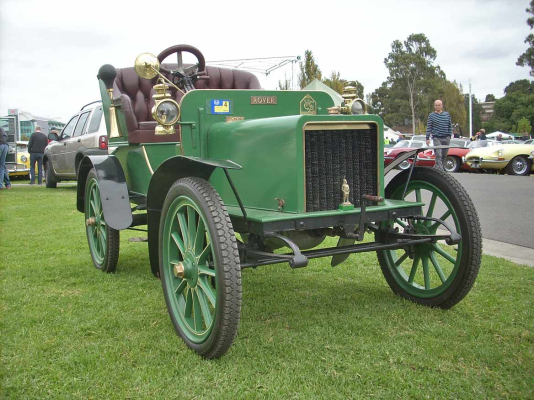A friend of mine used to run a Mini in Rallycross back in the late 70's / early 80's and also a Mini as a road car. Most years at the end of the Rallycross season he would build a new, higher spec, motor for the competition car and put the end-of-season competition motor in his road Mini.
The Rallycross car had a box let into the bulkhead to provide room for the intake side of the split Weber (45 DCOE, from memory), but for a few months after installing a similarly equipped motor in his road car he simply moved the central speedo and removed the panel in the bulkhead thus allowing the engine to breath its inlet air from the car interior. You had to drive it with the windows open
Ah yes, I remember now; to complete my install I would have had to box it in. But I didn't have the time/patience/skills. So I just removed the removable panel to make it fit and that was that. Thinking about it, I think the panel was to give access to the back of the dash where they had the central speedo - presumably to change the cable.
Mine used to spit back unburnt petrol something rotten when cold and, even when it was hot, it ran like a bastard below 2-2.5k. The amount of spit back was huge and it used to make your eyes water/your clothes stink. And, as I found one day on the slip road to the M90, it would also soak the sound deadening padding behind the dash which could catch fire. And, which, on this occasion, actually did.
My mates, following behind, saw me suddenly veer into the verge, stop the car and jump out. Luckily, the car used to overheat so I had a large bottle of water with me at all times. I opened the bonnet and started pouring into the hole behind the carb. Meanwhile all the smoke and steam was being pumped into the cabin by the heater fan.
My mates offered no help at all - they just stood on and watched, crying with laughter

